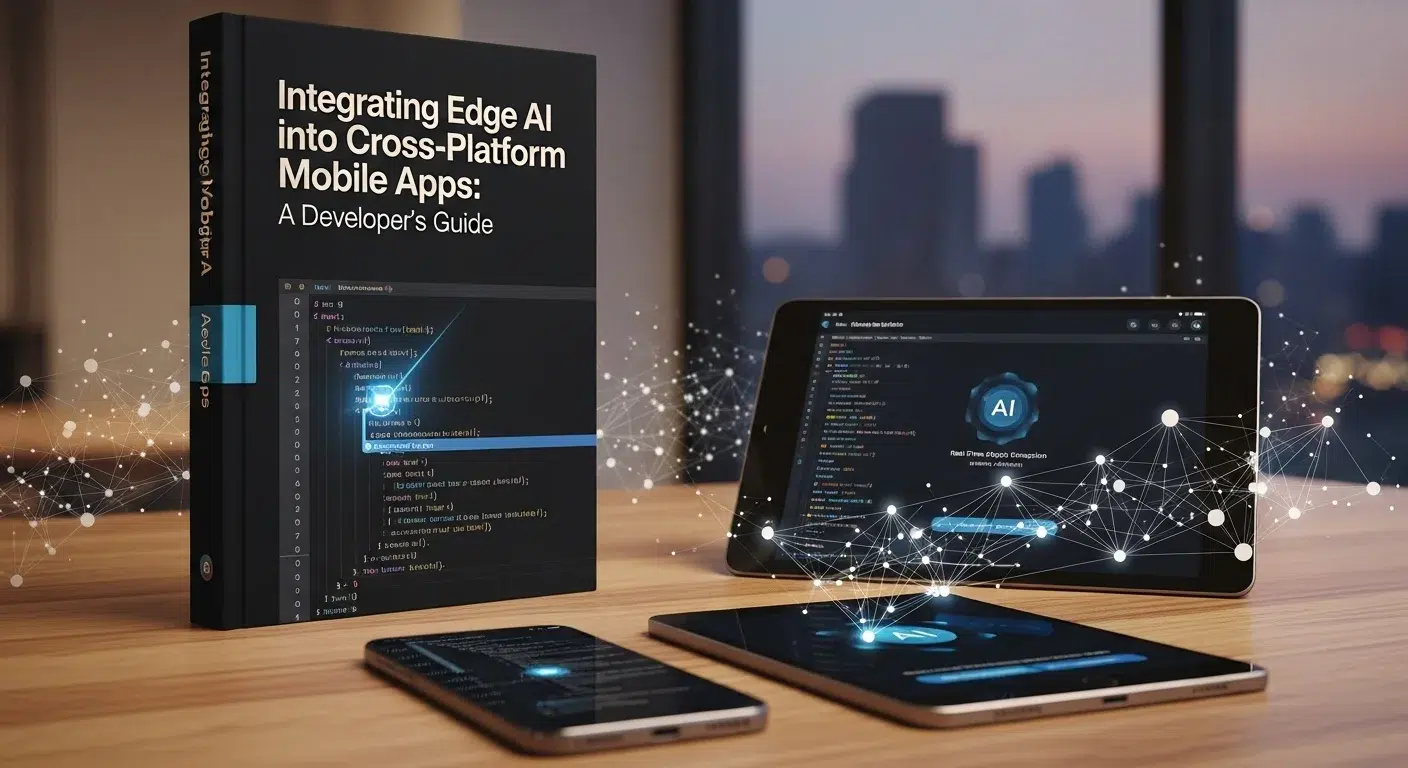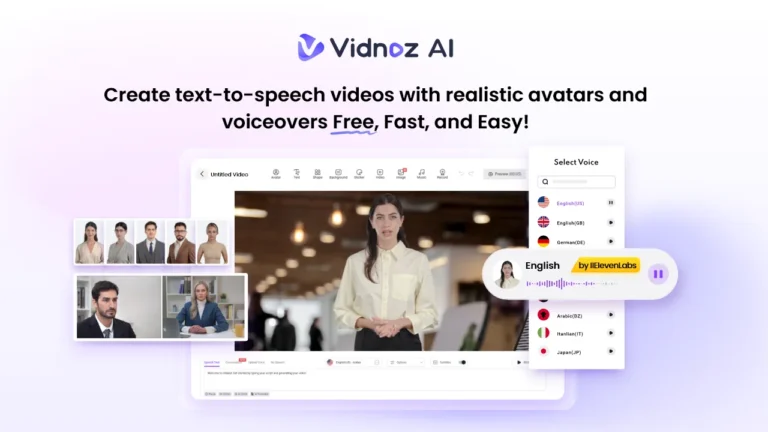Integrating Edge AI into Cross-Platform Mobile Apps: A Developer’s Guide
There’s a quiet shift happening in how apps think. Not how users think — how apps do their jobs. They no longer wait for servers to answer questions or send every small decision back to the cloud. Now, decisions are happening on the device itself. Right next to the user. That’s Edge AI — fast, private, and surprisingly human-like in how it reacts.
For mobile app developers, this is both a gift and a puzzle. The fusion of AI in mobile apps with on-device computation is changing what “smart” software means. And if there’s one place where this shift feels most dramatic, it’s in cross-platform app development — where consistency across iOS, Android, and web suddenly depends on much more than UI frameworks.
Why Edge AI Feels Different
Traditional AI models rely on distant servers. Every voice command, image scan, or prediction travels up to the cloud and waits for a response. That’s fine — until latency, privacy, or connectivity get in the way.
Edge AI cuts the cord. The model runs directly on the device. The app doesn’t have to “ask permission” from a cloud server before making a decision. It sees, interprets, and reacts locally.
This small change in architecture creates a massive ripple effect. Think of face unlock, gesture recognition, predictive typing, and offline translation — these don’t wait for a server ping. They just happen.
For developers building apps that must perform consistently across multiple platforms, this shift means rethinking structure, not just function.
Cross-Platform App Development Guide — The Edge Edition
When working across frameworks like Flutter, React Native, or Kotlin Multiplatform, the challenge isn’t just writing once and deploying everywhere. It’s maintaining AI models that behave the same way on every device architecture.
Edge AI introduces a few technical wrinkles:
- Hardware variation. Each platform has different processing power and chipsets (some with NPUs, others without).
- Framework compatibility. TensorFlow Lite, Core ML, and ONNX Runtime each have quirks — not every operation translates perfectly.
- Model size. You can’t deploy a 300MB model and expect users to stay happy. Optimization isn’t optional.
A smart cross-platform app development guide for Edge AI always starts with a modular design. Keep the model, inference logic, and UI layers separate. Use APIs or bridges that let the AI engine run natively while the UI stays cross-platform.
Getting the Architecture Right
Here’s where it gets interesting — because the best structure depends on the problem you’re solving.
For instance:
- If your app detects objects via camera input, keep inference close to the device hardware.
- If it predicts user behavior, like what someone might click next, you can run that logic partly on the edge and partly in the cloud.
- If privacy is critical (say, healthcare or finance), the entire model should sit locally, encrypted, and trained with differential privacy.
Developers often talk about “hybrid AI,” which mixes cloud and edge computation. That’s where most of the mobile app developers are heading. It allows real-time reaction (on the edge) with deeper insights (from the cloud) — best of both worlds.
Optimization: The Real Battle
It’s one thing to train an AI model. It’s another to make it fit into an app without eating the battery alive.
Edge optimization is where experience shows. Models must be quantized — converted from 32-bit floats to 8-bit integers — without losing accuracy. They’re pruned to remove unnecessary neurons. They’re sometimes split into smaller submodels that load only when needed.
Tools like TensorFlow Lite Converter or Apple’s Core ML Tools simplify the process, but results still vary across devices. That’s why testing is everything. Every iteration must run on low-end and high-end phones to ensure balance.
You can’t assume what works on a Pixel 8 will behave the same on a budget Redmi. That’s the hidden art of AI in mobile apps — blending intelligence with restraint.
Data Privacy and the Ethical Question
When apps make decisions locally, users regain a bit of control. Their photos, health data, voice samples — none of that has to leave the device. That’s one of the biggest ethical wins of Edge AI. It keeps data where it belongs.
Still, transparency matters. If your app uses personal data to train or fine-tune models on the edge, users should know how and why. Even a short, clear disclosure inside the app can build more trust than a ten-page privacy policy.
Edge AI isn’t just a technical improvement — it’s a shift in digital ethics.
Tooling That Matters
For developers diving into this space, the right stack can make or break a project.
- TensorFlow Lite — The most common toolkit for Android and Flutter projects.
- Core ML — Apple’s home turf, deeply optimized for iOS devices.
- ONNX Runtime — Flexible and plays nicely with multiple frameworks.
- PyTorch Mobile — Excellent for experimenting, though less production-lean.
Each of these has a unique model conversion pipeline. Some require pre-quantized models; others do it on the fly. The trick lies in testing performance under real device conditions, not simulators.
And remember: optimization doesn’t stop at the model. Image sizes, caching, prefetching — every byte counts.
Performance Trade-Offs
There’s a temptation to go all-in on on-device intelligence. But full Edge AI isn’t always the right choice.
If your app handles massive data models (like image generation or language translation across hundreds of languages), full local inference isn’t realistic. In those cases, hybrid setups work better — lightweight models on the edge for quick inference, deeper training loops on the cloud for refinement.
The right choice depends on three things:
- Latency tolerance — how fast does the decision need to be?
- Connectivity reliability — can you rely on the network?
- Data sensitivity — what must stay private?
Answering those questions early saves time, cost, and headaches down the line.
Real-World Examples Worth Studying
- Snapchat: Real-time filters use Edge AI for facial detection, not cloud servers. That’s why they work offline too.
- Google Translate: Offline mode runs a compressed neural translation model right on your phone.
- Health apps: Many now run pose detection or heart-rate inference directly on the device for privacy reasons.
These aren’t just technical tricks — they’re proof that localized intelligence scales beautifully when done right.
The Developer Mindset Going Forward
The conversation around AI in mobile apps has matured. It’s no longer about adding “AI features.” It’s about embedding intelligence into the experience naturally. That means collaboration — between AI engineers, app developers, and UX designers — from the first sprint itself.
It also means re-learning balance. The best apps will be the ones that think fast but stay quiet about it. They’ll predict, adapt, and personalize — all without users even noticing.
Conclusion
Edge AI is not the future of app development; it’s already here, shaping how mobile software breathes, learns, and reacts. For today’s mobile app developers, learning how to merge on-device inference with multi-platform frameworks isn’t optional — it’s foundational.
And for anyone looking for a cross-platform app development guide that actually belongs to this decade, it starts with one question: How close can intelligence live to the user?
Because that distance — between the data and the decision — defines everything an app will become.




